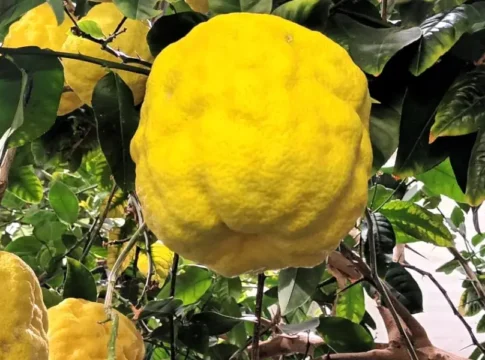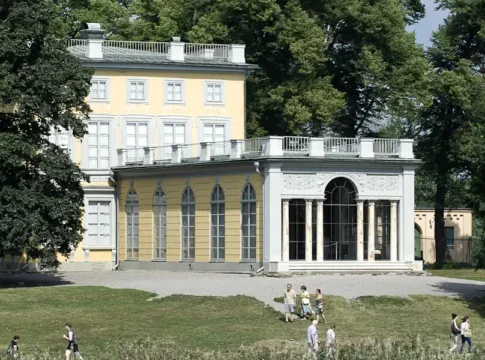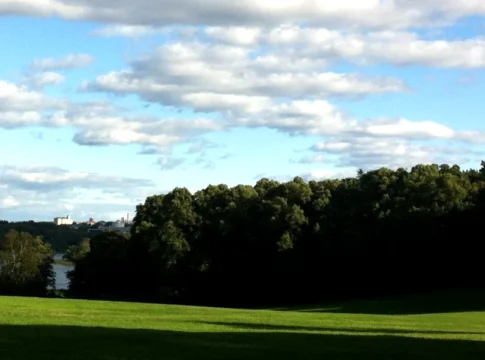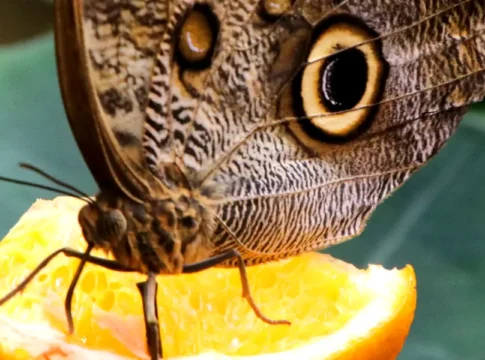Naturhistoriska Riksmuseet: Sweden’s gateway to natural wonders
The Naturhistoriska Riksmuseet (Swedish Museum of Natural History) is Sweden’s premier destination for exploring the natural world. From ancient fossils to cutting-edge space films, the museum offers a captivating blend of education and awe. Highlights include towering dinosaur skeletons, immersive arctic exhibits, and the spectacular Cosmonova—Europe’s largest IMAX dome and planetarium.
Founded in 1819, the museum houses over 11 million specimens and leads vital research in biodiversity, evolution, and conservation. Its interactive displays—from crawling inside a human ear to experiencing a simulated forest fire—make it an unforgettable experience for families, students, and nature lovers alike.
Historical significance and design
While the museum was formally founded in 1819 by the Royal Swedish Academy of Sciences, its origins trace back to collections started in 1739. The impressive building visitors see today was designed by architect Axel Anderberg and opened in 1916, a striking example of early 20th-century architecture.
Must-see exhibitions
The museum hosts ten permanent exhibitions, including
- The Human Journey: Trace seven million years of human evolution
- Fossil and Evolution: Encounter life-sized dinosaurs and delve into Earth’s ancient past
- The Polar Regions: Experience the harsh beauty of the Arctic and Antarctic
- World of Water: Explore marine ecosystems and water’s role in sustaining life
- Biodiversity: Discover Sweden’s flora and fauna across diverse habitats
Don’t miss Cosmonova, the museum’s IMAX dome and planetarium. With 3D science films and astronomy shows, it offers a unique and thrilling perspective on Earth and space.
Engaging for all ages
Naturhistoriska Riksmuseet excels in interactive education. Memorable features include
- A walk-through human ear model
- A chamber simulating a mosquito swarm
- A forest fire experience with heat and sound effects
These attractions make the museum especially appealing for children and school visits, combining entertainment with learning.
Scientific research and global impact
Beyond exhibitions, the museum plays a critical role in environmental research. With extensive biological collections and a commitment to public science, it supports global biodiversity conservation and evolutionary studies.
Nearby attractions
- Just a short walk away, the Bergius Botanic Garden (Bergianska Trädgården) offers serene gardens and a diverse range of plant species from around the world.





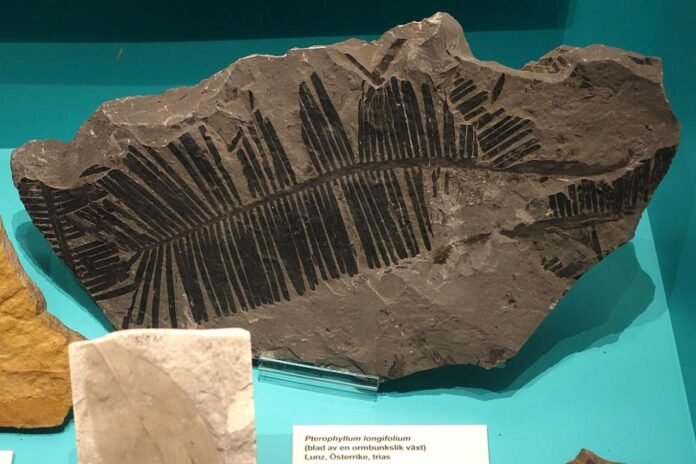
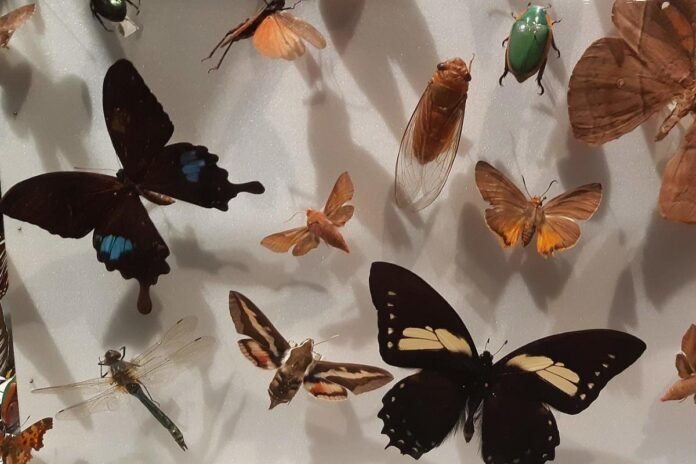

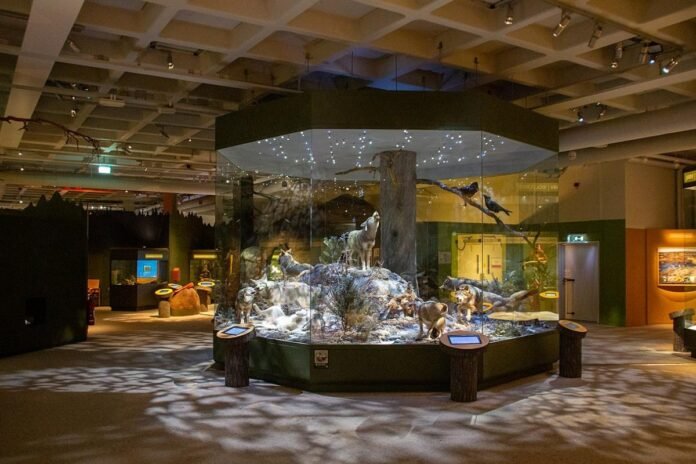

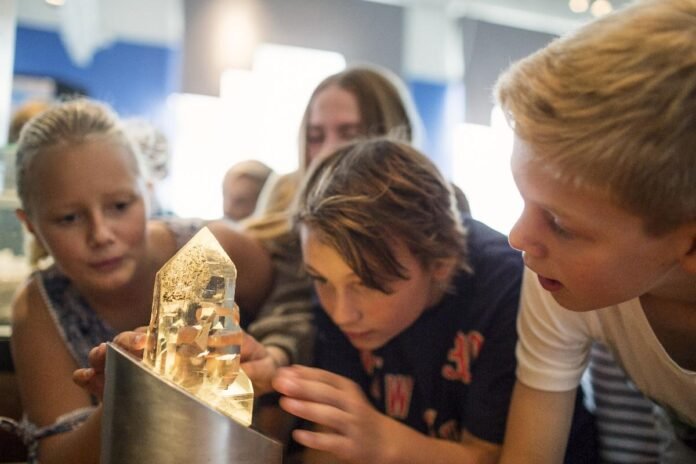

 Swedish Museum of Natural History
Swedish Museum of Natural History Naturhistoriska Riksmuseet
Naturhistoriska Riksmuseet